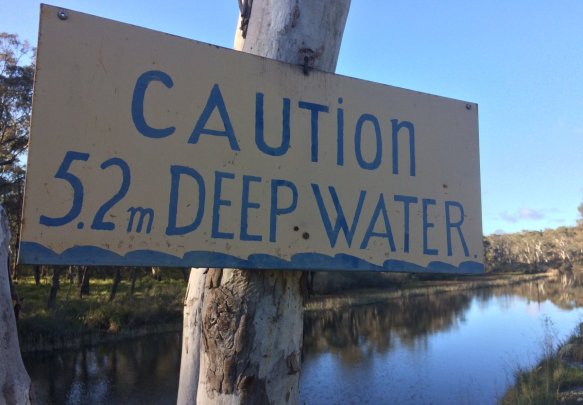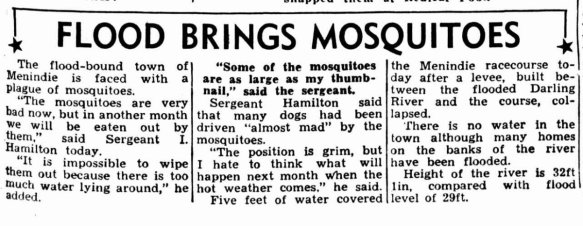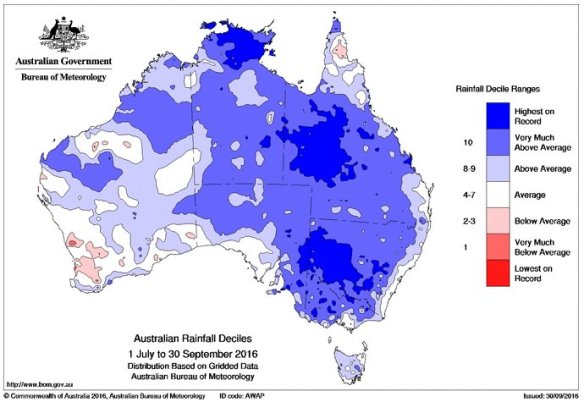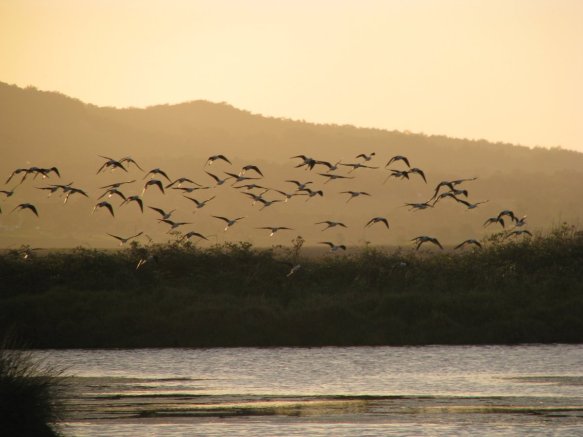
Health authorities in Victoria have been warning of mosquito-borne Ross River virus for much of the summer. The state is experiencing one of its worst outbreaks of the disease but cases have mostly been across inland regions. Now it’s hit Melbourne. How has this happened?
Ross River virus is the most commonly reported mosquito-borne disease in Australia. There are usually about 5,000 cases across Australia. However, in 2015 there was a major spike in activity with around 9,000 cases reported. It is a common misconception that the disease is only found in northern regions of Australia. I’m often told “I heard the disease is moving south from QLD?” That’s not the case.
The virus is just as much a natural part of the Australian environment as the mosquitoes and the wildlife that maintain transmission cycles.
While there are generally more cases in northern Australia, nowhere is safe. Some of the largest outbreaks have occurred in southern regions of Western Australia, South Australia, Victoria and even Tasmania.
The virus is widespread but is generally associated with rural regions. A driving factor in determining the activity of Ross River virus is that more than just mosquitoes are involved in outbreaks. The virus is maintained in the environment in native wildlife, especially kangaroos and wallabies. Even when and where there are high numbers of mosquitoes, without wildlife, outbreak risk is low. This is the reason why any clusters of locally infected cases in metropolitan regions are typical in areas where there are wetlands, wildlife and mosquitoes occurring together. We’ve seen this on the urban fringe of Sydney and Perth in recent years.
The announcement of locally acquired cases in the suburbs of Frankston and Casey, in Melbourne’s south-east, has taken many by surprise. Should it have?
Victoria is no stranger to mosquitoes and outbreaks of mosquito-borne disease. There are mosquito surveillance and mosquito control programs in place in many regions and historically there have been major outbreaks of mosquito-borne disease. From freshwater flood plains of the inland to the tidally flooded estuarine wetlands of the coast, Victoria has diverse and often abundant mosquitoes. But cases in the metropolitan region are rare.
Victorian mosquitoes are not all bad but over a dozen different mosquito species can spread Ross River virus.
The region where these cases have been identified are in proximity to bushland and wetland areas. There is no doubt plenty of mosquitoes and suitable wildlife too. While this is the first time local transmission has been documented, that doesn’t mean the virus hasn’t circulated in the past, or even that cases may have occurred.
For individuals infected but only suffering mild symptoms, the illness can be easily discounted as nothing more than a mild case of the flu. Without appropriate blood tests, these cases never appear in official statistics. For this reason, many mosquito researchers believe that the number of notified cases across the country is just the tip of the iceberg with many milder infections going diagnosed.
But why in Melbourne now?
It is difficult to know for sure. The two most likely explanations are that either environmental conditions were ideal for mosquitoes and suitable populations of wildlife were present so that the virus was much more active in the local environment than previously. The second explanation is that the virus may have been introduced to the region by a traveller or movement of wildlife. In much the same way Zika virus made its way from SE Asia to South America in the last few years, mosquito-borne viruses move about in people and animals, much less so than mosquitoes themselves (but that isn’t impossible either).
Victoria (as well as inland NSW) is experiencing one of its largest outbreaks of Ross River virus on record following significant flooding of inland regions. With so much activity of the virus in the region, perhaps an infected bird or person travelling to the metropolitan region brought the virus with them. When bitten by local mosquitoes, the virus started circulated among local mosquitoes and wildlife.
Most people infected by Ross River virus are bitten by a mosquito that has previously fed on a kangaroo or wallaby.
Once it’s made its way to metropolitan regions, the virus can be spread from person to person by mosquitoes. Common backyard mosquitoes, especially Aedes notoscriptus, can transmit the virus but as these mosquitoes are not particularly abundant, don’t fly vary far and will just as likely bite animals as humans, they’re unlikely to drive major urban outbreaks of the disease. This mosquito doesn’t pack the same virus-spreading-punch as mosquitoes such as Aedes aegypti that spreads dengue, chikungunya and Zika viruses. Aedes aegypti isn’t in Victoria.
We’re unlikely to see significant spread of Ross River virus across Melbourne but that doesn’t mean Victorians should be complacent. As there is no cure for Ross River virus disease, the best approach is to avoid being infected in the first place. Preventing mosquito bites is the best approach. For my tips and tricks on avoiding mosquito bites see this recent paper in Public Health Research and Practice as well as my article for The Conversation.
Keep an eye on the website of Victoria Health for more information.




